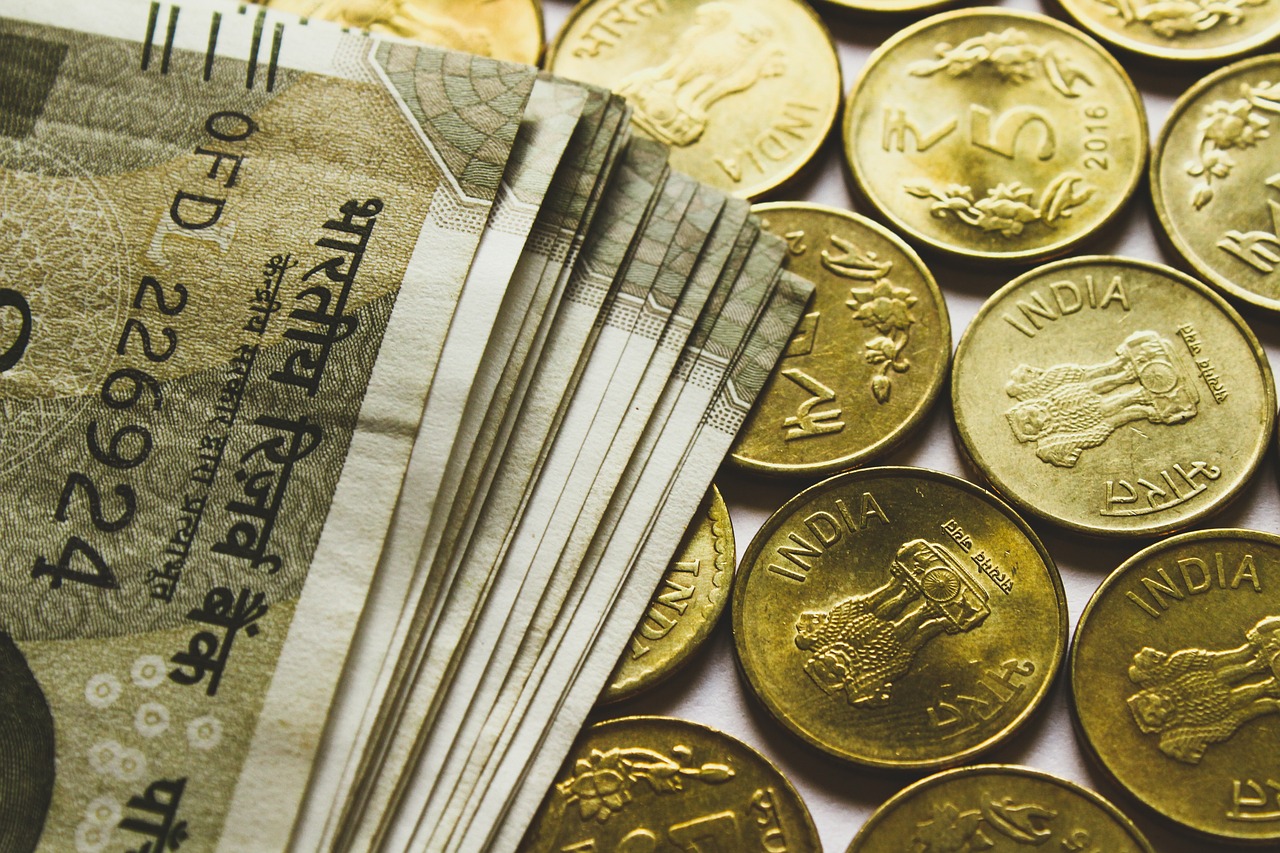Latest bank interest rates changes in India
Recently, the Reserve Bank of India (RBI) cut its key interest rate for the fifth consecutive time. This move has resulted in mixed reactions from the general public. While borrowers have reason to celebrate, savers may not be so optimistic about the latest changes in bank interest rates in India.
The current repo rate stands at 5.15%, with banks expected to lower their lending rates accordingly. The RBI has taken this step in an effort to boost consumer spending and investments, particularly in the real estate and automobile sectors, which have been struggling to keep pace with the country’s overall economic growth.
However, this move has not just affected borrowers but also savers. Fixed deposit (FD) rates have been dropping steadily over the past few months, thereby adversely impacting the common man’s savings plans. So, should savers be concerned about the latest interest rate cuts? Here’s a closer look at the latest developments in bank interest rates.
How are Interest Rates Determined?
The RBI determines interest rates based on the country’s inflation rate trends, the overall performance of the economy, and other global factors. For instance, high inflation rates may prompt the central bank to raise interest rates, making borrowing expensive and putting a damper on consumption. Conversely, low-interest rates may encourage people to spend more, thereby fueling economic growth.
The Effects of Rate Cuts
When the RBI cuts interest rates, it impacts consumer spending and borrowing behavior significantly. Lower borrowing costs can make it easier for people to buy homes, cars, and other expensive items. Reduced interest rates can also mean a slowdown in savings, as savers start looking for other investment avenues to park their money.
The effects of interest rate cuts are felt in a more profound manner on fixed deposits, which offer a fixed return over a specific period. With lower FD rates, savers may reconsider their savings strategy and explore alternative investment avenues that offer better returns.
Should Savers Be Concerned?
Savers should be mindful of the lowering interest rates, especially if they are wholly dependent on bank fixed deposits as their primary savings instrument. While FDs remain a safe and secure investment option, low-interest rates may not be sufficient to keep up with inflation. This means that one’s savings may not grow at a rate that outpaces inflation, thereby resulting in a reduction in purchasing power.
Another solution is to look at alternative investment opportunities, such as mutual funds or stocks, which have the potential to offer higher returns. However, it is important to understand the risks involved and to make informed investment decisions.
Conclusion
Ultimately, the latest changes in bank interest rates reflect the RBI’s efforts to boost the economy by making it easier for people to borrow and invest. While savers may not be happy with the lower FD rates, they need to recognize the broader economic implications of these changes. The key is to be informed and take a well-rounded approach to financial planning, balancing safety with the need for higher returns.








